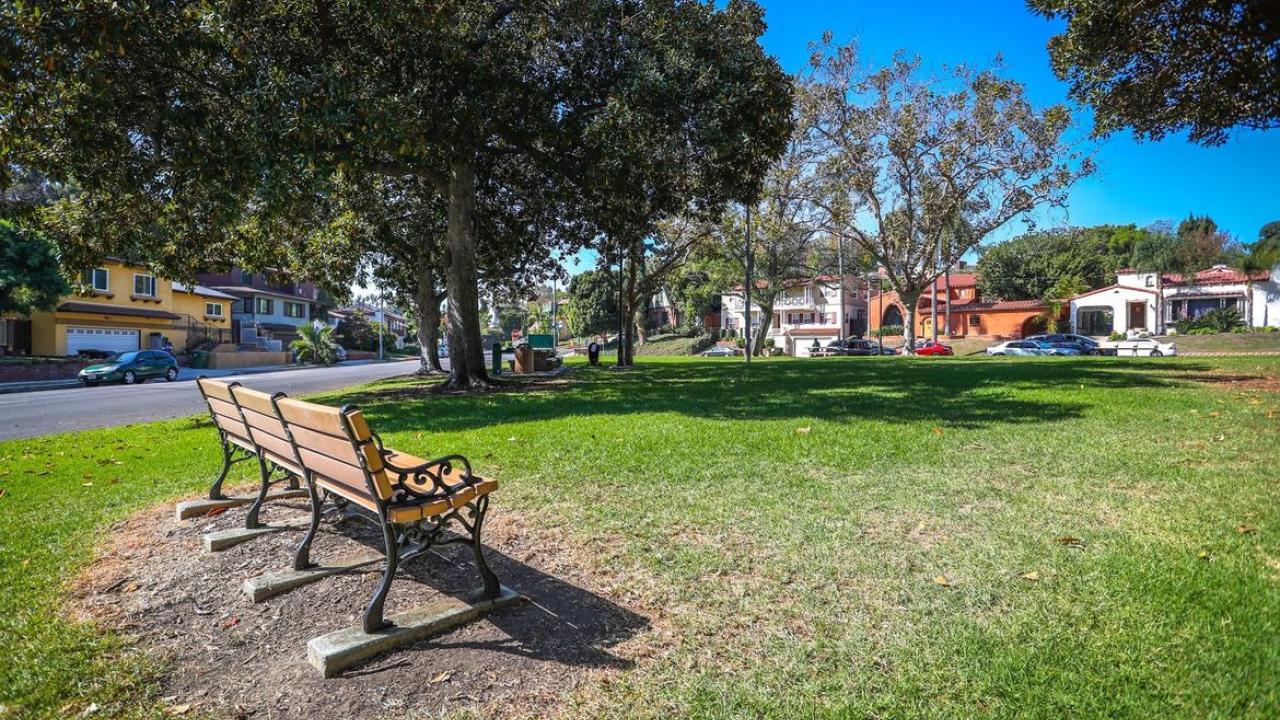According to a new UCLA-led study, when droughts occur, much of vegetation browns and loses its cooling power — raising the street-level temperature and worsening drought conditions. The phenomenon creates a vicious cycle, with less vegetation leading to higher temperatures, which in turn makes it harder for remaining vegetation to survive.
Most strikingly, the study also found that in affluent neighborhoods, urban vegetation is watered more and stays green during droughts. In poorer neighborhoods, homeowners are more likely to conserve water — due in part to cost — and the vegetation browns or dies.
Lead author Chunyu Dong worked on the project as a UCLA postdoctoral researcher and is now a researcher at the Sun Yat-sen University School of Civil Engineering in China. He said while water supply is a major concern in Los Angeles and much of the American West, it’s unfair for low-income communities and communities of color to be the only ones sacrificing. Glen MacDonald, a UCLA distinguished professor of geography and one of the paper’s co-authors, called it “a geography of inequality.”
“In our maps, you can see that neighborhoods in a broad area of south Los Angeles are the most impacted by the drought,” Dong said. With the additional effects of heat waves, temperatures in those areas rise and most of the vegetation browns.
The authors write that Los Angeles — a drought-prone city that imports 85% of its water and faces rising heat due to climate change — must consider tradeoffs. Because grass consumes more water than shrubs or trees while providing negligible cooling benefits, the paper recommends replacing lawns and concrete with drought-tolerant shrubs and trees, particularly in underserved areas that experience the most extreme heat and vegetation browning.
Read more about the study findings at UCLA Newsroom.
Image Source: Los Angeles County Parks & Recreation





